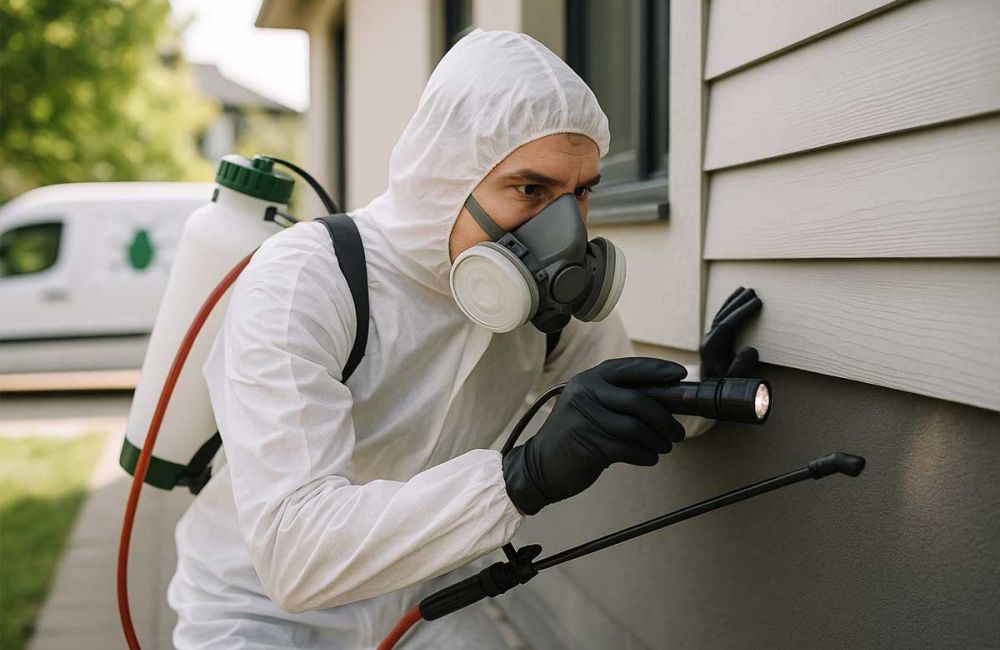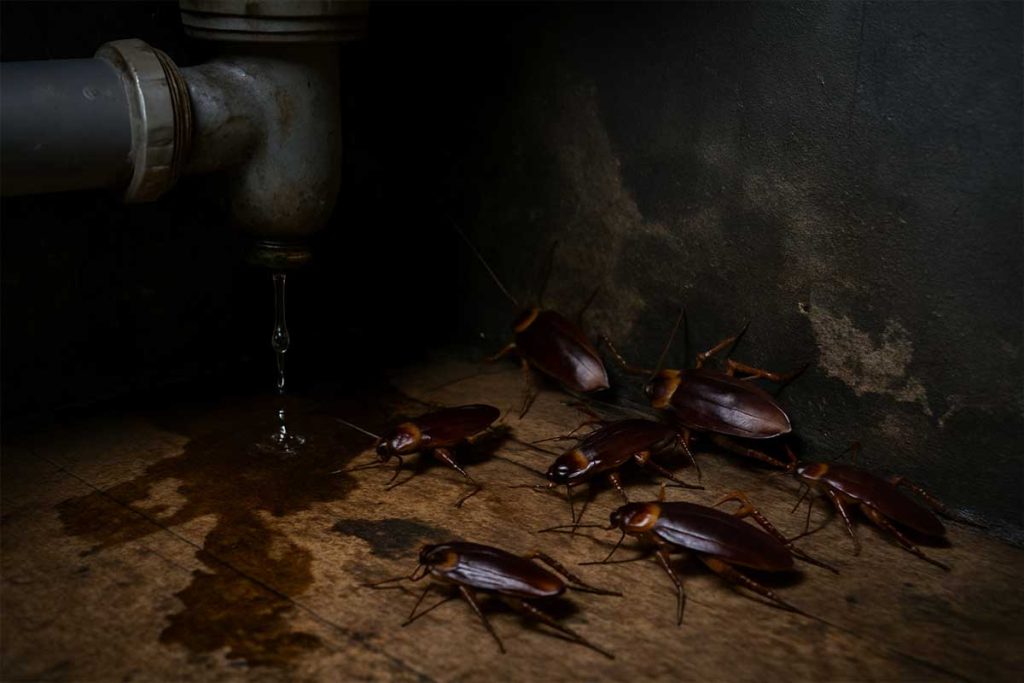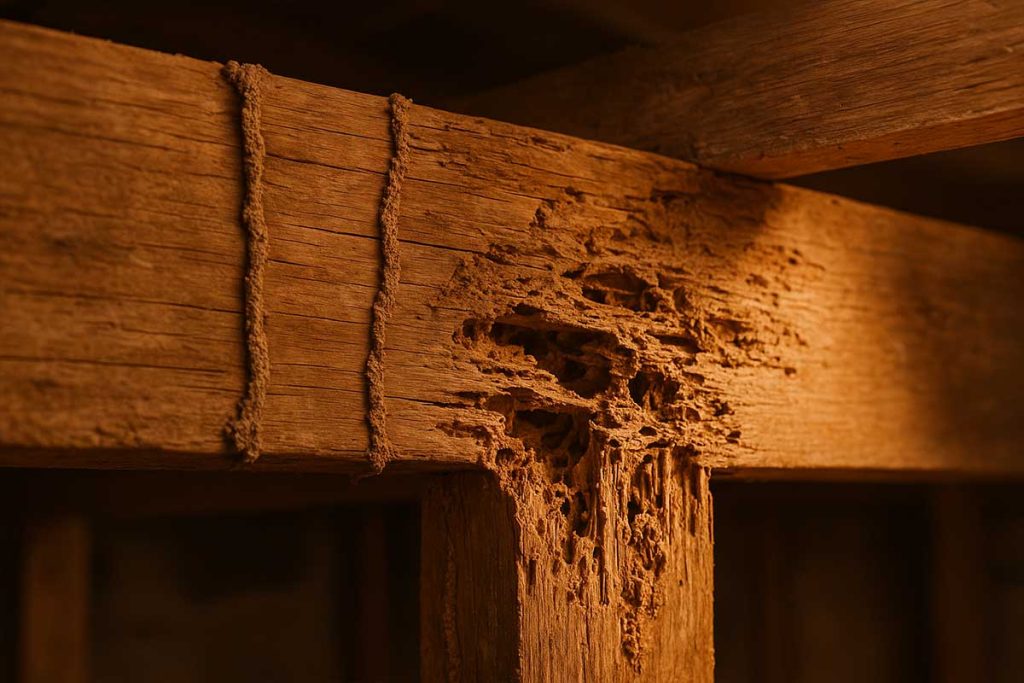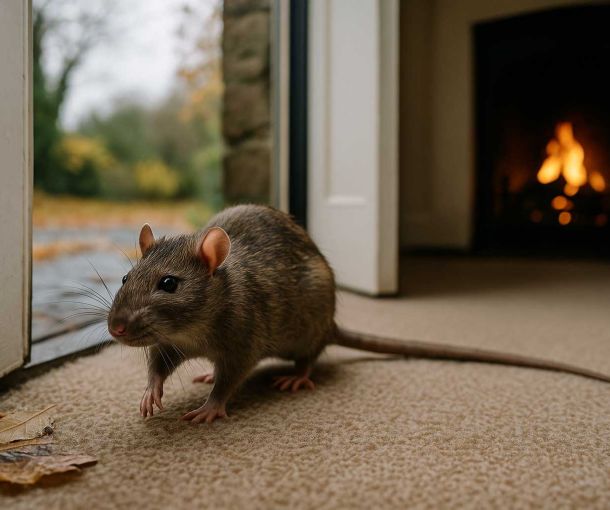The Hardest Pests to Get Rid of – Don’t DIY with these Pests!

Introduction
Pests are an inevitable part of life in homes and businesses, but some invaders are far more challenging than others. While many property owners try a DIY pest control approach, the most resilient pests often fight back, reappear, or even multiply if they aren’t handled correctly.
In this article, you will learn about the hardest pests to get rid of, why they’re so persistent, and why you should never attempt to tackle them alone. Calling a qualified pest control specialist can save you time, money, and protect your health.
Bed Bugs
Bed bugs are notorious for their stealthy nature and their resilience. They hide in mattresses, headboards, carpets, and even electrical outlets. Bed bugs can survive months without feeding, making them almost impossible to starve out.

DIY solutions often fail because:
- Bed bugs reproduce quickly, laying hundreds of eggs
- They hide deep within structures beyond the reach of store-bought sprays
- They develop resistance to many off-the-shelf chemicals
Professional bed bug treatments typically use targeted heat or specialist-grade insecticides to eliminate infestations completely, reaching cracks and crevices where bed bugs hide.
Cockroaches
Few pests can match the survival ability of cockroaches. These insects adapt to nearly any environment, can feed on almost any organic matter, and even survive several days without their heads.

DIY sprays often push cockroaches deeper into hiding without wiping out the colony, which leads to re-infestations. Cockroaches carry bacteria like Salmonella and E. coli, making them a serious health risk.
Professional pest controllers use baits, growth regulators, and expert monitoring techniques to break the breeding cycle.
Rodents
Mice and rats are highly intelligent, excellent at hiding, and can squeeze through tiny holes. Rodents breed extremely fast — a single pair of mice can produce 60 offspring per year.
Why DIY often fails:
- Basic traps catch just a few rodents but do not address entire colonies
- Rats quickly learn to avoid poor-quality traps
- Bait and poison left out incorrectly can endanger pets and wildlife
Professionals apply integrated pest management techniques, combining proofing, safe traps, and expert placement to control rodent populations effectively.
Termites
Termites silently destroy timber structures from the inside out. They can go undetected for years until significant structural damage occurs.

Why DIY methods do not work:
- Termites live underground, far from visible areas
- Over-the-counter sprays do not reach the nest
- A colony can number in the millions
Professionals deploy baiting systems, termiticides, and barriers to protect your property long term.
Wasps
Wasps are dangerous and aggressive, especially if their nests are disturbed. DIY removal with sprays often fails and can provoke an attack. Wasp stings cause severe allergic reactions in some people.

Professional pest control uses protective equipment and safe removal techniques, particularly for nests high up or hidden inside wall cavities.
Fleas
Fleas breed rapidly and hide in pet bedding, carpets, floor cracks, and furniture. They lay eggs that hatch over weeks or months, making repeat infestations very common.
Store-bought flea sprays may kill adults but not eggs or larvae buried deep in carpets.
Professionals use insect growth regulators to break the flea lifecycle while protecting pets and family members.
Ants (Certain Species)
While some garden ants are easily controlled, species like pharaoh ants or carpenter ants are extremely difficult to eradicate.
Why?
- Pharaoh ants split their colonies if threatened, making infestations worse
- Carpenter ants nest inside wood, damaging structures
- DIY baits often kill workers but not the queen
Professional ant control uses colony-wide baits, professional gels, and targeted monitoring.
Clothes Moths
Clothes moth larvae cause irreversible damage to fabrics, carpets, and even leather. Moth traps help a little, but DIY solutions rarely tackle eggs or larvae hidden away.
Professional treatment includes fumigation, heat, and deep cleaning to destroy all life stages of the moth.
Carpet Beetles
Carpet beetles behave similarly to clothes moths, destroying natural fibres like wool. Their larvae can remain hidden for months. DIY sprays usually fail to reach them.
Professionals will thoroughly treat cracks, skirting boards, and hidden areas where larvae live.
Squirrels
Squirrels invading lofts can chew wires, insulation, and structural timbers, causing significant damage. Grey squirrels are classed as an invasive species in the UK, and under the Wildlife and Countryside Act 1981 and the Invasive Alien Species Order 2019, it is illegal to release them once captured. If caught alive, they must be humanely dispatched. Only licensed professionals are permitted to handle this process legally and safely.
The Risks of DIY Pest Control
Many over-the-counter treatments sound promising but cannot match professional expertise. Risks of a DIY approach include:
- Worsening infestations by spreading pests further
- Health hazards from unregulated insecticides
- Failing to eliminate pests at all life stages
- Risk of injury dealing with aggressive pests (e.g., wasps, rodents, squirrels)
Investing in expert pest control is always a more reliable and safer long-term solution.
When to Call a Professional
If you see any of the following signs, stop the DIY attempts and call a specialist:
- Multiple sightings of pests over several days
- Evidence of nests or droppings
- Persistent bites, itching, or skin irritation
- Noise in lofts or cavity walls
- Signs of structural damage
Prevention Tips
While professional treatment is essential, here are ways to help keep pests away in the first place:
- Seal cracks and entry points
- Store food securely
- Keep rubbish bins closed
- Regularly clean kitchens, pet areas, and storage spaces
- Fix dripping pipes or water leaks
- Check second-hand furniture before bringing it home
Final Thoughts
Trying to eradicate these pests yourself is often a losing battle. Bed bugs, rodents, termites, and other resilient pests require a trained professional to break the cycle, protect your family, and prevent expensive repairs.
If you’re still unsure about recognising the signs of an infestation, you can find further guidance from the British Pest Control Association on what to look for before contacting a pest control company.
If you’re facing a stubborn pest problem, reach out to a certified pest control service for a proper assessment.
FAQs
Bed bugs hide extremely well, breed rapidly, and resist common insecticides, making DIY methods almost always ineffective.
No. They may catch one or two, but cannot deal with entire colonies and can cause rodents to avoid traps in the future.
Yes, but it is very dangerous without the right equipment or protective clothing. It’s far safer to hire professionals.
Bed bugs and termites are among the hardest because of their ability to hide deep within walls and reproduce quickly.
Not really — they usually only kill visible roaches and do not reach eggs or hidden breeding sites.
If you see repeat infestations, multiple pest types, or damage to your home’s structure, call an expert right away.
Comment
Leave a Reply Cancel reply
Where to Next?
- Home
-
Domestic Pest Control
-
Commercial Pest Control
-
Eco-Friendly Pest Control
-
Emergency Pest Control
-
Rodent Control
-
Wasp Control
-
Bed Bug Treatment
-
Flea Control
-
Ant Control
-
Cockroach Control
-
Moth Control
-
Fly Control
-
Stored Product Insect Control
-
Spider Control
-
Carpet Beetle Treatment
-
Woodworm Treatment
-
Bird Control
-
Fox Control
-
Squirrel Control
-
Insect Control
-
Booklice Control
- Blog















You state UK law requires squirrels are trapped and relocated, this is very misleading because it is illegal to release grey squirrels under the 1981 wildlife and countryside act. They must be humanely dispatched if caught alive.
Thanks for pointing that out — you’re absolutely right. We’ve now updated the article to reflect the legal requirements regarding grey squirrels under UK law. We really appreciate your input!